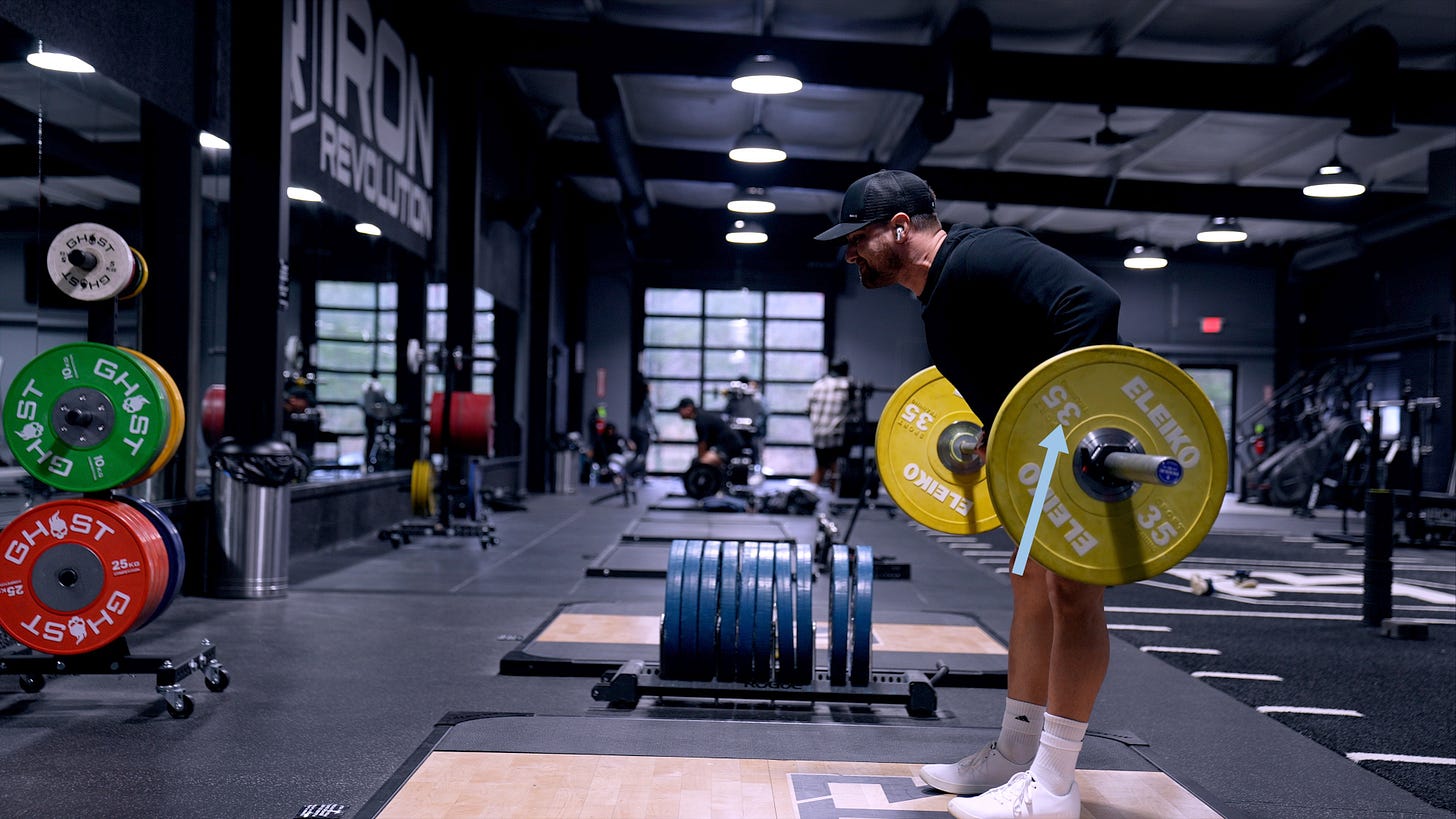How To: Barbell Bent Row
Quick Breakdown on PROPER Barbell Bent Row Form & Technique
Le’s break down a staple back movement that I’ve incorporated into my training for many, many years: the barbell bent row. It's all about proper form and technique. From hinging versus bending to scapulae protraction and retraction, we'll discuss what makes the barbell row a viable rowing option on back day. We'll also touch on the different grip widths and the variation of where to touch the barbell, as these factors can make a difference in the effectiveness of the exercise (in most cases, minor). So if you're looking to build a stronger, more muscular back, then read on.
Hinge, don’t bend
To perform the barbell bent row exercise safely and effectively, it's crucial to maintain proper form. One important aspect of form is to hip hinge, rather than simply bending forward. This means pushing your hips back while lowering your torso, keeping your back flat and engaging your core. When you round your lower back, it stretches your spinal erectors and limits their ability to stabilize your spine, reducing force production and increasing the risk of injury.
By hinging at the hips, you engage your glutes and hamstrings to maintain a stable and strong position. This allows you to generate more force and lift heavier weights with proper form. Additionally, by keeping your back flat, you shift the emphasis of the exercise onto your upper back muscles, rather than your lower back, which is not the primary target of the movement.
Step 1: Push Hips Back
Step 2: Keep Back Flat
Flexion Row vs. Barbell Row
Unlike the chest-supported T-bar row, which may allow for more spinal flexion, it's important to keep the upper back from rounding forward with the barbell bent row. Spinal flexion will put excessive strain on the spine and decrease the effectiveness of the barbell bent row. Instead, the focus should be:
Chest up
Back straight
Allow the scapulae to move forward.
Grip width
When it comes to where to grip the barbell for bent rows, there is no one right answer. It depends on your body type and stature. It's important to try out different grip positions and find what works best for you. It's also a good idea to switch up your grip occasionally to keep things fresh and challenging.
Where to touch
Where to touch the barbell at the top of the movement during the bent row exercise depends on the variation you are aiming for. If you touch the bar higher up, you will engage more of the upper back muscles. If you touch the bar lower, you will activate more of the lat muscles.
Variation 1: Lat Target
Variation 2: Upper Back
Dont forget to subscribe to our YouTube Channel to get these breakdowns in video form and come join our Discord Channel to interact with us and the community!









